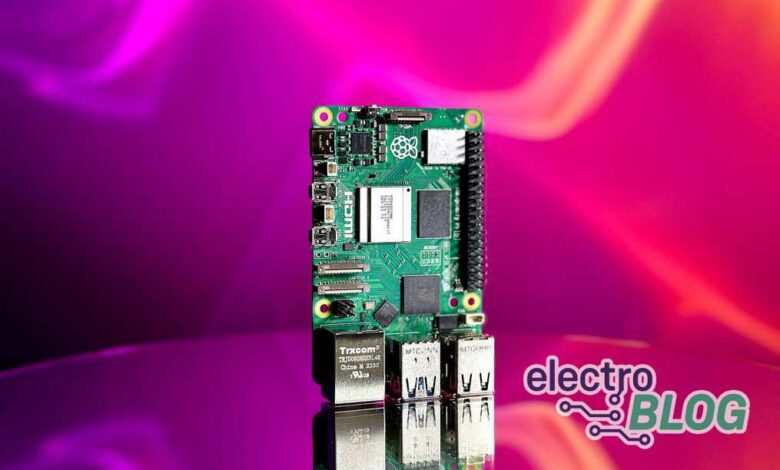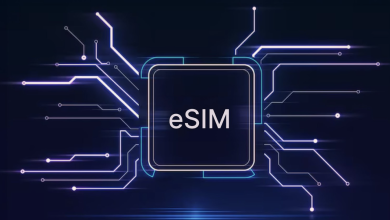
Embedded Android SBC have emerged as a powerful and versatile solution in the world of embedded systems. These compact devices combine the flexibility of the Android operating system with the convenience of a single – board form factor, making them suitable for a wide range of applications.
The Android operating system, originally designed for mobile devices, has been adapted for embedded use. It offers a rich set of features such as a user – friendly interface, a vast library of applications, and support for various hardware components. When integrated into a single – board computer, it becomes a cost – effective and efficient platform for different projects.
Hardware Features of Embedded Android SBCs
Processor and Memory
Embedded Android SBCs come with a variety of processors. Common choices include ARM – based processors, which are known for their low power consumption and high performance. These processors can range from entry – level chips suitable for basic applications to high – end multi – core processors capable of handling complex tasks such as video processing and gaming.
Memory is also an important aspect. SBCs typically have a certain amount of RAM, which can vary from a few hundred megabytes to several gigabytes. This RAM is crucial for running multiple applications simultaneously and ensuring smooth operation. Additionally, they often have built – in storage, either in the form of eMMC (Embedded Multi – Media Card) or support for external storage devices like SD cards, allowing users to store data, applications, and media files.
Connectivity Options
One of the key advantages of embedded Android SBCs is their extensive connectivity options. They usually support Wi – Fi, enabling wireless internet access. This is useful for applications such as home automation, where the SBC can communicate with other smart devices over the local network.
Bluetooth is another common feature. It allows for short – range communication with devices like keyboards, mice, and headphones. For more traditional wired connections, SBCs often have Ethernet ports, which provide a stable and high – speed network connection. USB ports are also available, allowing users to connect external devices such as cameras, printers, and storage drives.
Display and Audio
Most embedded Android SBCs support display output. They can be connected to monitors or TVs using HDMI or other display interfaces. This enables the creation of interactive kiosks, digital signage, and media centers.
In terms of audio, SBCs usually have built – in audio output capabilities. They can play music, provide voice prompts, and support audio – related applications. Some SBCs also support audio input, allowing for functions such as voice recognition.
Software Aspects of Embedded Android SBCs
Android Customization
One of the significant benefits of using Android in an embedded context is the ability to customize the operating system. Developers can modify the Android source code to suit the specific requirements of their applications. This can involve removing unnecessary components to reduce memory usage, adding custom drivers for specific hardware, or integrating proprietary software.
Application Development
Developing applications for embedded Android SBCs is similar to developing for Android mobile devices. Developers can use the Android Software Development Kit (SDK) and programming languages such as Java, Kotlin, or C++. There are also numerous development tools and frameworks available, which can simplify the development process.
Applications for embedded Android SBCs can range from simple utility programs to complex industrial control systems. For example, in a smart home application, an Android – based SBC can control lighting, temperature, and security systems through custom – developed apps.
System Updates and Maintenance
Just like mobile devices, embedded Android SBCs require regular system updates. These updates can include security patches, bug fixes, and new features. Manufacturers usually provide update mechanisms, either through over – the – air (OTA) updates or by providing downloadable images.
Proper maintenance of the Android system on the SBC is also crucial. This involves tasks such as managing storage space, monitoring system performance, and ensuring the stability of the applications running on the device.
Applications of Embedded Android SBCs
Industrial Automation
In industrial settings, embedded Android SBCs can be used for machine control, monitoring, and data collection. They can communicate with sensors and actuators, and display real – time data on a connected display. For example, in a manufacturing plant, an SBC can be used to control the operation of a conveyor belt, monitor the temperature and pressure of a production process, and send alerts in case of any abnormalities.
Digital Signage
Embedded Android SBCs are widely used in digital signage applications. They can display dynamic content such as videos, images, and text on large – screen displays. These SBCs can be easily programmed to change the content at specific times or based on certain triggers, making them ideal for advertising, information dissemination in public places, and wayfinding systems.
Home Automation
Home automation is another popular application area for embedded Android SBCs. They can act as the central control hub for smart home devices. Users can control lights, thermostats, locks, and other connected devices through a mobile app or a voice – controlled interface. The SBC can also integrate with other home systems such as security cameras and entertainment systems.
Education
In the education sector, embedded Android SBCs can be used for teaching purposes. They can be used to create interactive learning environments, such as digital classrooms where students can access educational content, participate in online courses, and conduct experiments using connected sensors.
Future Trends of Embedded Android SBCs
Increased Performance
As technology advances, we can expect embedded Android SBCs to have even higher performance. Processors will become more powerful, with better multi – core capabilities and higher clock speeds. Memory and storage capacities will also increase, allowing for more complex applications and larger data storage.
Enhanced Connectivity
Future embedded Android SBCs will likely support more advanced connectivity options. This may include 5G wireless connectivity, which will provide faster and more reliable internet access. They may also support new communication protocols, enabling seamless integration with emerging technologies.
Artificial Intelligence and Machine Learning Integration
The integration of artificial intelligence (AI) and machine learning (ML) into embedded Android SBCs is an emerging trend. These SBCs can be used to run AI – and ML – based applications, such as image recognition, natural language processing, and predictive analytics. This will open up new possibilities in areas such as smart cities, healthcare, and autonomous systems.
In conclusion, embedded Android SBCs are a rapidly evolving technology with a wide range of applications and promising future trends. Their combination of hardware flexibility, software customizability, and connectivity options makes them an attractive choice for developers and businesses alike.




